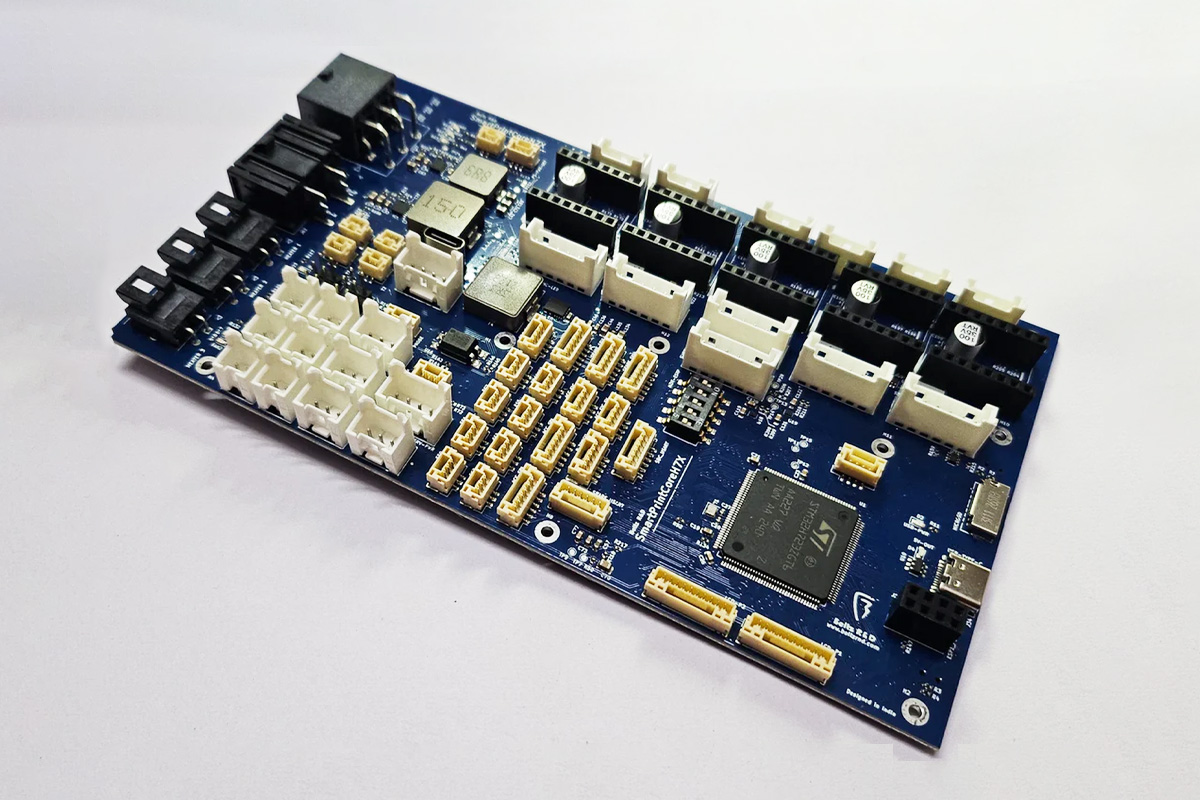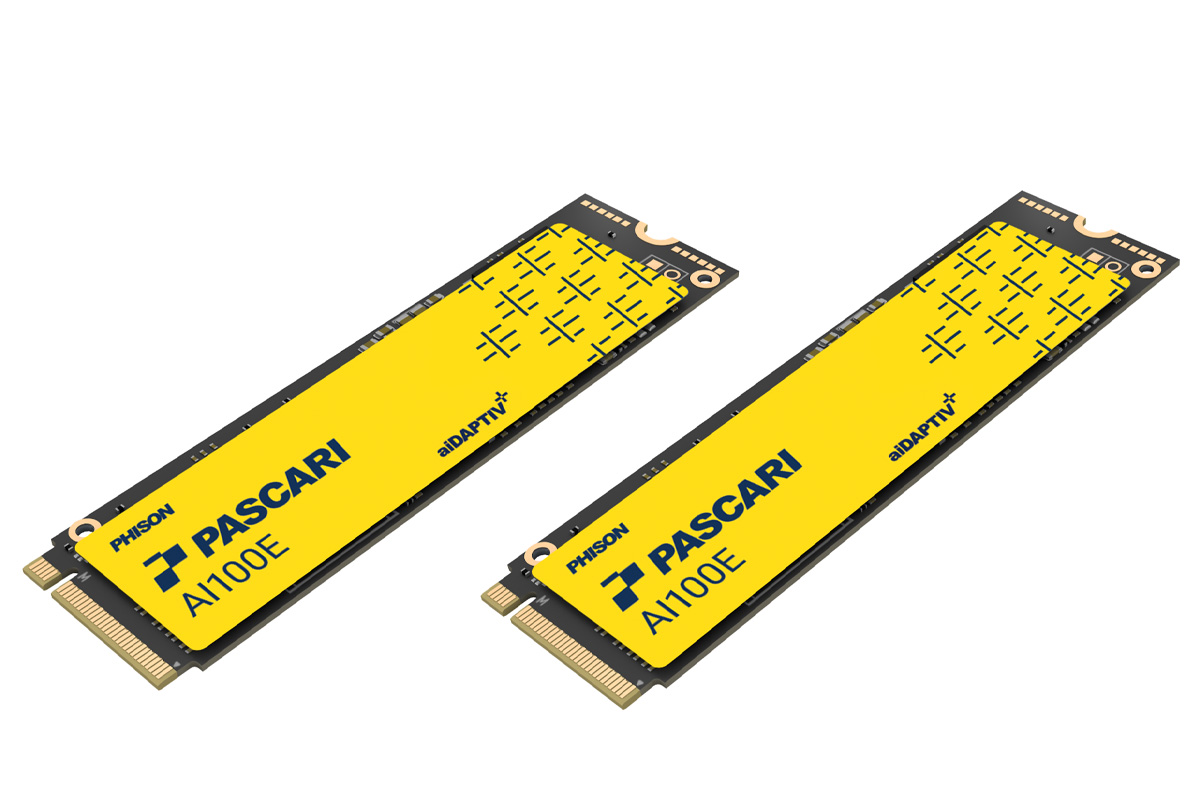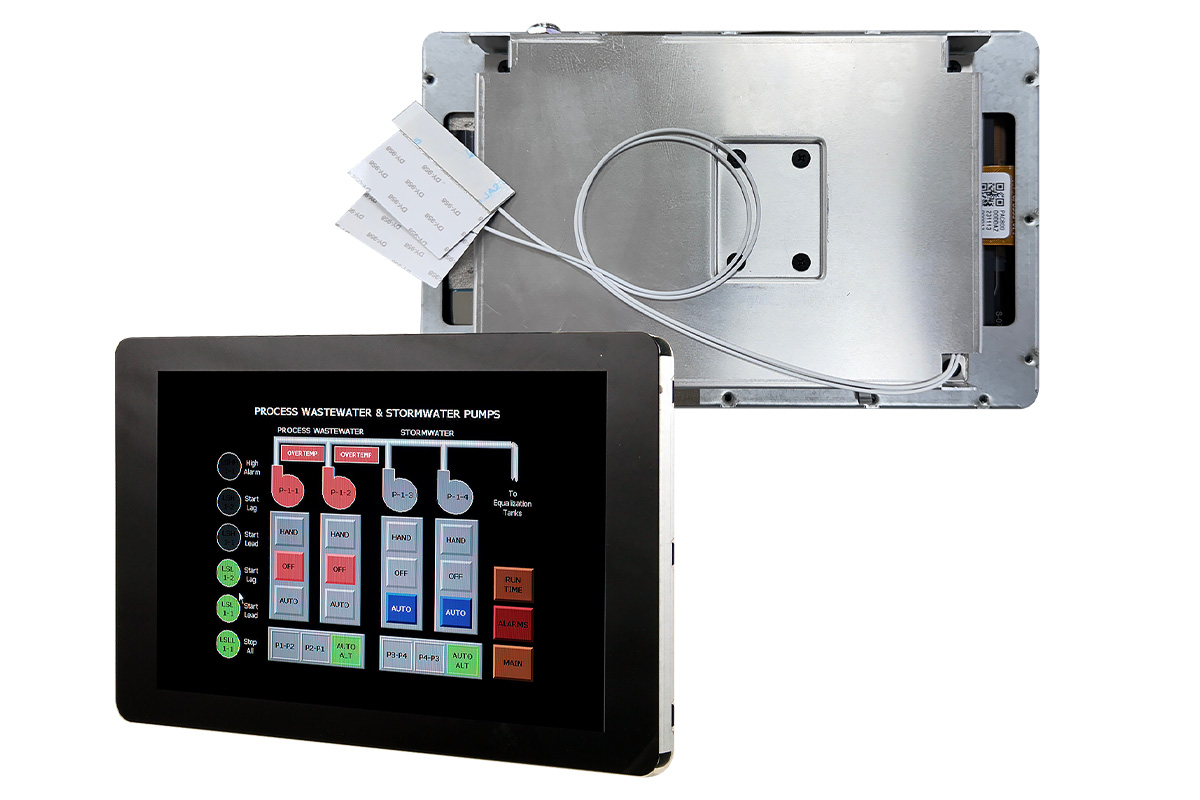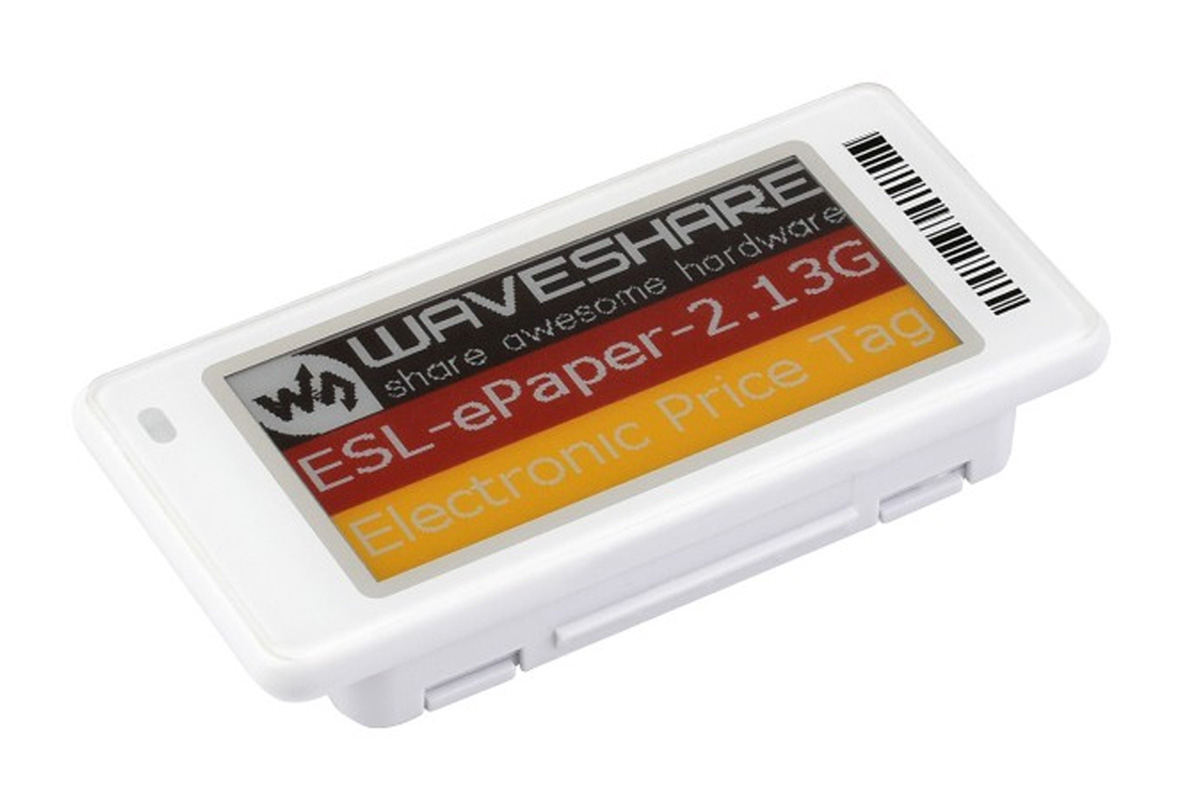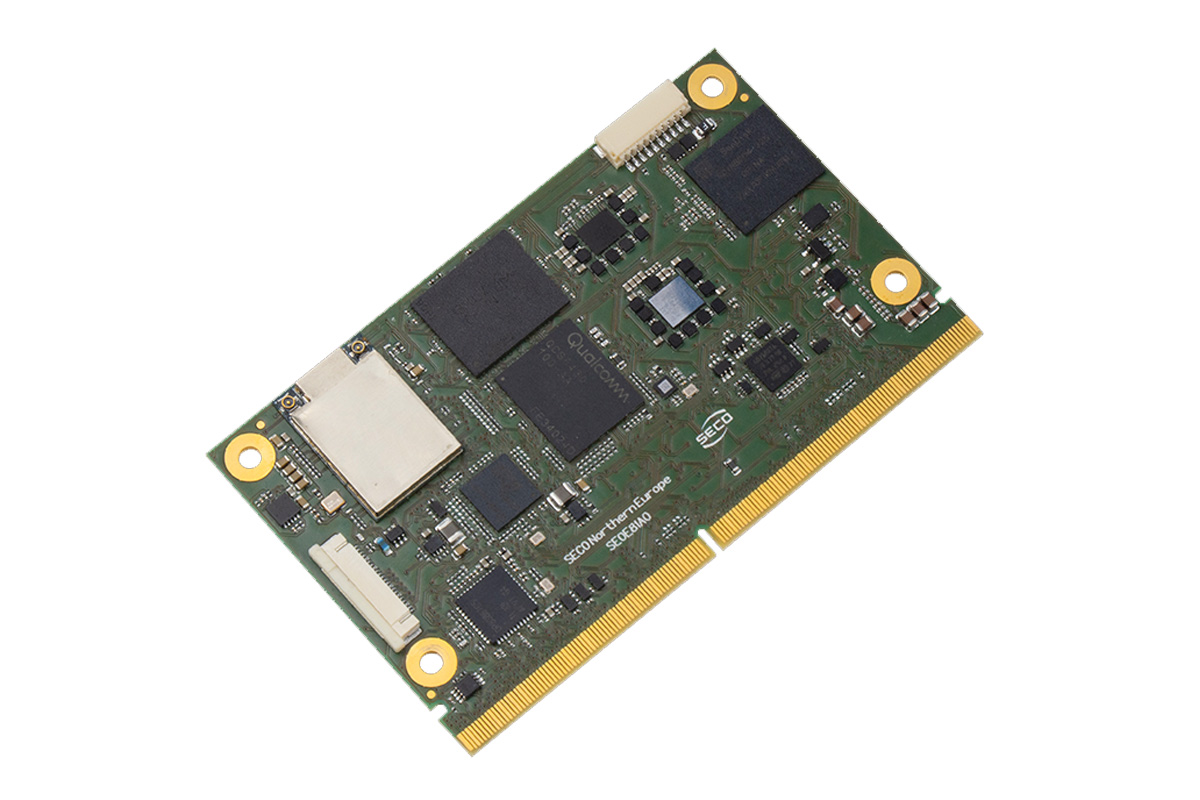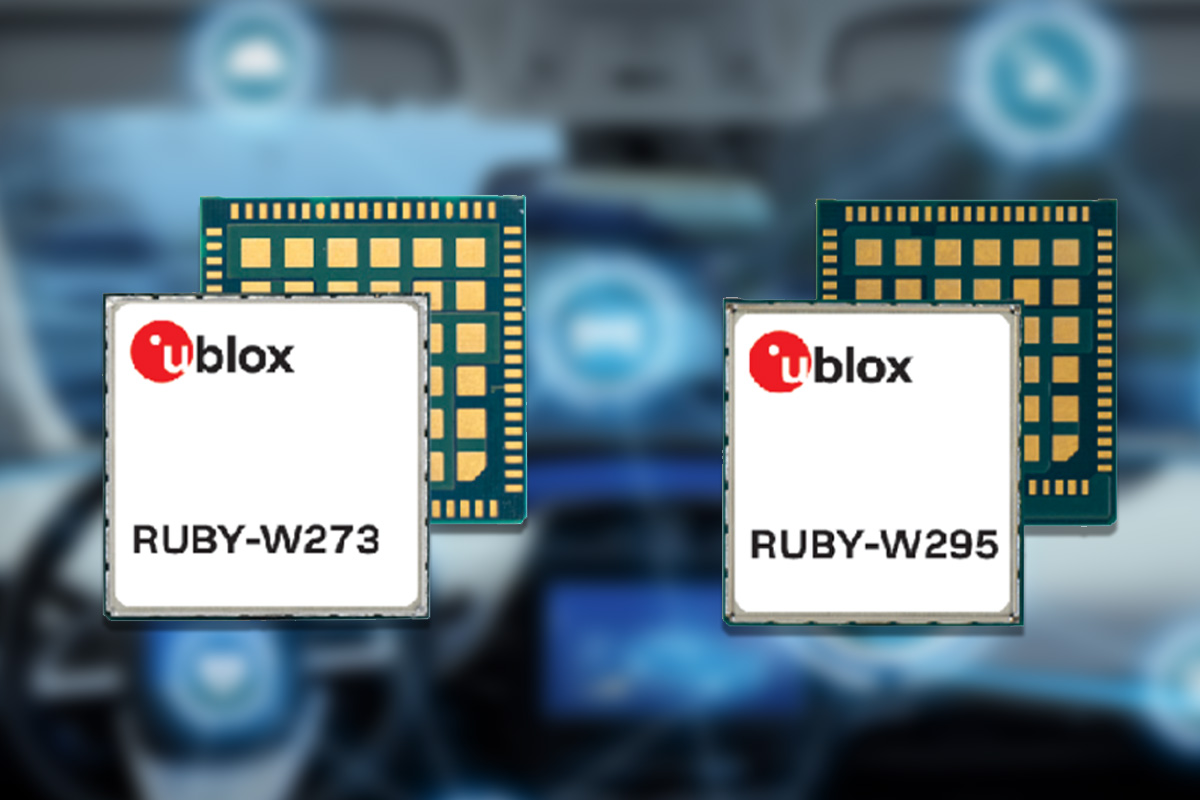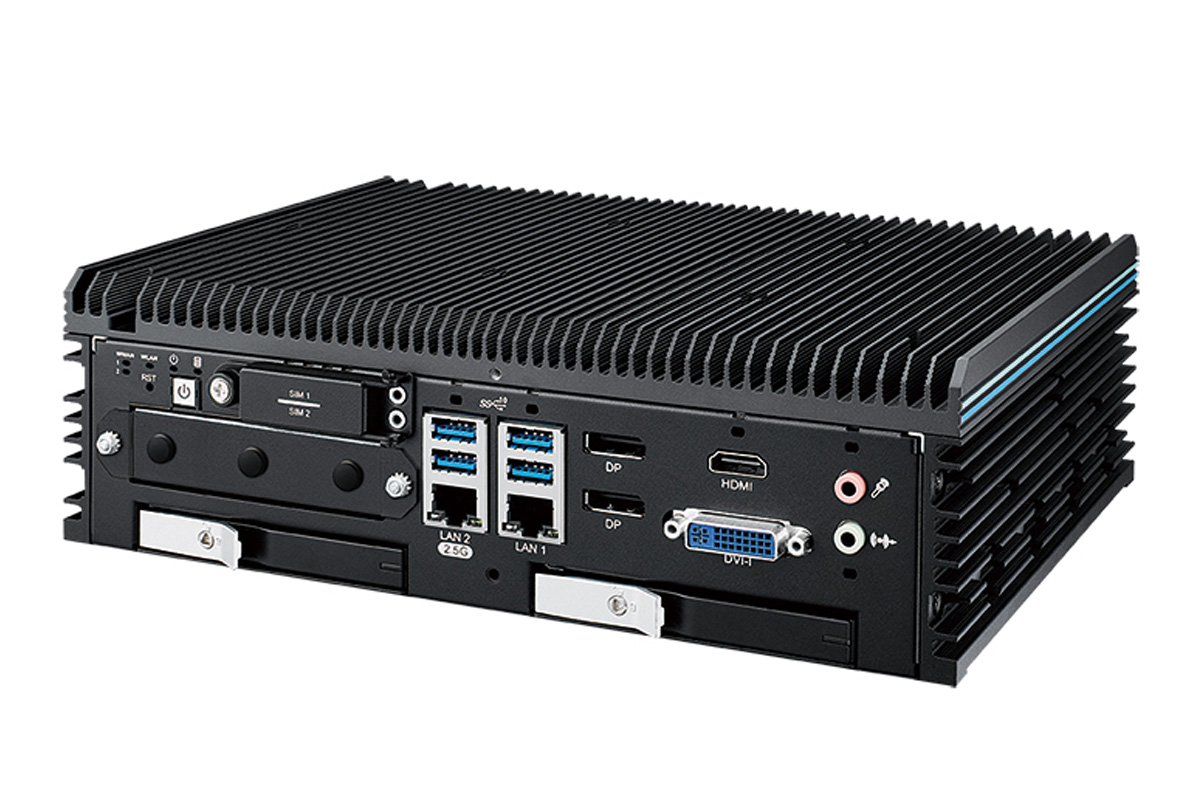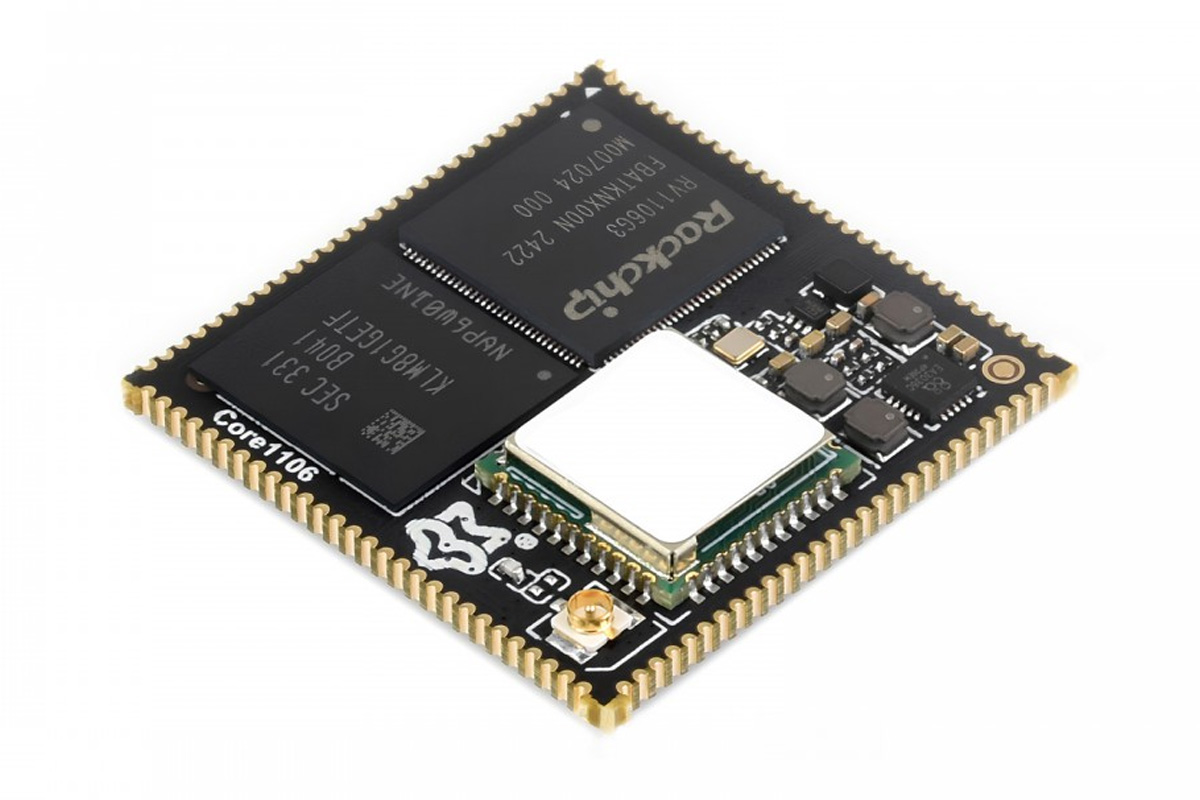Designed by Boltz R&D, the SmartPrintCoreH7x 3D printer mainboard is an open-source mainboard built around an STM32H7 microcontroller and designed to work with 3D printers from Creality, Anet, and Voron. It supports up to 6 stepper drivers (5 standard drivers plus 1 dedicated driver) and can be expanded further using the “SmartPrintCore Extravaganza” module for additional stepper drivers. Key features of this motherboard include a jumper-less setup, automatic power source switching, and support for both 12V and 24V power supplies. It uses high-efficiency TI buck converters to provide power for multiple fan and servo ports, and there is a dedicated power supply for peripherals, SBCs, and Wi-Fi modules. The board is equipped with a variety of connectors, including Molex, Ultra-Fit, Mini-Lock, and JST-GH for power, motors, and peripherals. SmartPrintCoreH7x specifications: MCU – STMicro STM32H723 Arm Cortex-M7 32-bit core @ 550 MHz with 1MB Flash, 564 KB RAM, FPU, DSP, Ethernet, USB […]
Phison’s aiDAPTIV+ AI solution leverages SSDs to expand GPU memory for LLM training
While looking for new and interesting products I found ADLINK’s DLAP Supreme series, a series of Edge AI devices built around the NVIDIA Jetson AGX Orin platform. But that was not the interesting part, what got my attention was it has support for something called the aiDAPTIV+ technology which made us curious. Upon looking we found that the aiDAPTIV+ AI solution is a hybrid (software and hardware) solution that uses readily available low-cost NAND flash storage to enhance the capabilities of GPUs to streamline and scale large-language model (LLM) training for small and medium-sized businesses. This design allows organizations to train their data models on standard, off-the-shelf hardware, overcoming limitations with more complex models like Llama-2 7B. The solution supports up to 70B model parameters with low latency and high-endurance storage (100 DWPD) using SLC NAND. It is designed to easily integrate with existing AI applications without requiring hardware changes, […]
Intel N50 fanless open-frame panel PCs features 7” and 10” PCAP touch display, HDMI 2.0a, RS-485/232
BCM Advanced Research has recently introduced two new fanless open-frame panel PCs powered by an Intel Processor N50 CPU – the OFT07W-ADLN (7-inch) and OFT10W-ADLN (10-inch) – which are low-cost all-in-one embedded computers designed for tablet-like usability. Both modules feature 8GB LPDDR5 memory, 64GB eMMC storage, and an M.2 E-key slot for Wi-Fi/Bluetooth connectivity. These panel PCs come with PCAP touchscreens (800×1280 for 7-inch and 1200×1920 for 10-inch) with various connectivity options including USB, HDMI 2.0a, RS-232/485, and Gigabit Ethernet. With 12-24V DC input supply, fanless operation, and a durable steel frame, these compact open-frame panel PCs are meant for space-constrained applications like HMIs, self-service kiosks, gaming consoles, medical terminals, smart vending machines, digital signage, and more. BCM OFT07W-ADLN and OFT10W-ADLN specifications: SoC – Intel Processor N50 dual-core processor up to 3.4 GHz with 6MB cache, 16EU Intel UHD Graphics; TDP: 6W System Memory – Up to 8GB LPDDR5 onboard Storage – […]
Waveshare ESL color e-paper displays support Bluetooth & NFC, offer 5-year battery life, cloud management
Waveshare recently launched a series of dot matrix ESL color e-paper displays with Bluetooth and NFC connectivity designed for various IoT, retail, industrial, and similar applications. These Electronic Shelf Label (ESL) displays can be updated through a wireless base station that enables device management using Waveshare’s cloud platform. The displays come with a 1,200mAh coin cell battery which according to Waveshare can last approximately 5 years and support four colors: red, yellow, black, and white. With a wide 178° viewing angle and housed in a durable ABS plastic case, they are ideal for applications such as price tags, shelf labels, asset tracking, and conference name tags. Waveshare ESL color e-paper displays specifications Display technology – E-Paper (Electrophoretic) Display colors – Red, Yellow, Black, White Display sizes – 2.13″, 2.66″, 2.9″, 3.5″ (Dot Matrix) Resolution / Pixel density / Display area 2.13″ – 250 × 122 pixels / 130 DPI / 48.55 × […]
SECO’s SMARC-QCS5430 SMARC SoM and devkit feature Qualcomm QCS5430 SoC for Edge AI and 5G applications
SECO has announced early engineering samples for its SOM-SMARC-QCS5430 system-on-module (SoM) and devkit designed to support IoT and edge computing applications. Built around the Qualcomm QCS5430 processor this SMARC-compliant SoM targets industrial automation, robotics, smart cities, and surveillance.
The module also offers dual MIPI-CSI interfaces for camera and connectivity options including USB 3.1, PCIe Gen3, dual GbE, and optional Wi-Fi and Bluetooth. SECO’s DEV-KIT-SMARC industrial devkit includes all the necessary components for rapid prototyping and integration.
u-blox RUBY-W2 is a family of Wi-Fi 7 automotive-grade modules for infotainment and telematics applications
u-blox has recently released the RUBY-W2 series (RUBY-W273-05A and RUBY-W295-05A) of automotive Wi-Fi 7 modules designed for advanced infotainment and telematics applications. These modules support tri-band Wi-Fi 7 and dual-mode Bluetooth 5.4, with up to Gbps (PHY) of throughput, supporting simultaneous use cases for in-car hotspots, Apple CarPlay, and multi-client video streaming. Key features of this module include Multi-Link Operation (MLO) with Dual Band Simultaneous (DBS) and High Band Simultaneous (HBS) modes, 2×2 MU-MIMO, Bluetooth LE Audio, long-range Bluetooth, security with WPA2/3, and secure boot. The modules are based on Qualcomm’s QCA6787AQ or QCA6797AQ automotive chipsets and connect to the host via PCIe for Wi-Fi and UART/PCM for Bluetooth. RUBY-W2 specifications: Chipset Qualcomm QCA6787AQ for RUBY-W273 Qualcomm QCA6797AQ for RUBY-W295) Wireless Tri-band Wi-Fi 7 (802.11 a/b/g/n/ac/ax/be) RUBY-W273 – Dual Band Simultaneous (DBS) (2.4 GHz + 5/6 GHz) RUBY-W295 – High Band Simultaneous (HBS), any two bands (2.4, 5, or 6 […]
Vecow ECX-4000 – Intel Core Ultra 200S-powered fanless Edge AI embedded system features up to 9 Ethernet ports
Taiwan-based company Vecow has recently launched the ECX-4000 series, an Intel Core Ultra 200S-powered fanless Edge AI embedded system with up to nine Ethernet ports including two 10G SFP+ cages, five 2.5GbE ports (with 4 supporting PoE+), and a gigabit Ethernet jack, SUMIT (Stackable Unified Module Interconnect Technology) expansion, and a 9V to 50V DC redundant power input. The ECX-4000 supports the whole line of Intel Core Ultra 200S Series of Processors (Arrow Lake). It comes with W880 PCH which gives access to various I/O options including USB 3.2 Gen 2 ports, RS-232/422/485 serial ports, sixteen isolated digital I/O (8x input, 8x output, optional), DisplayPort, HDMI, and DVI-I video outputs. Additionally, it offers M.2 Key B and Key E sockets for wireless modules, and expansion options including multiple storage interfaces such as SATA III ports and an M.2 Key-M socket. The system also features a range of power and remote […]
Solderable Rockchip RV1106 system-on-module features 112 castellated pins, offers WiFi 6 and Bluetooth 5.2 connectivity
Luckfox has recently released the Core1106 Core Board Rockchip RV1106 system-on-module with a compact 30x30mm size, 112 castellated pins designed to be soldered on top of a PCB, and an optional WiFi 6 and Bluetooth 5.2 module and IPEX 1.0 antenna connector. The Rockchip RV1106 camera SoC integrates 128MB (G2 version) or 256MB (G3 version) DDR3L memory, a 4th-gen 1 TOPS NPU, and a 3rd-gen Image Signal Processor (ISP) that supports hardware video encoding (H.264/H.265). Other interfaces include MIPI CSI, RGB LCD, USB, Ethernet, GPIO, SPI, I2C, UART, and more. These features make this board suitable for applications like AI-driven image recognition, smart cameras, IoT devices, and edge computing. Luckfox RV1106 system-on-module specifications SoC – Rockchip RV1106G2/G3 CPU – Arm Cortex A7 @ 1.2GHz with an integrated RISC-V co-processor. NPU 4th-gen Rockchip NPU with hybrid quantization (int4, int8, int16) 0.5 TOPS (RV1106G2) or 1 TOPS (RV1106G3) ISP – 3rd-gen 5MP high-performance ISP, HDR, WDR, […]


